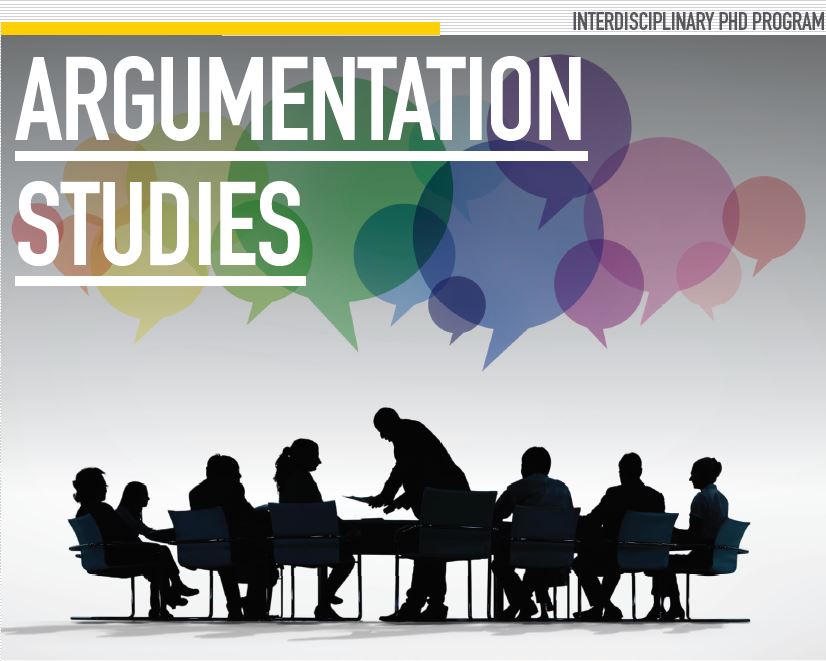Location
University of Windsor
Document Type
Paper
Keywords
associated conditional, closest-world semantics, consequence, counter-factuals, covering generalization, David Lewis, Judea Pearl, law-like generalization, material consequence, structural model semantics
Start Date
22-5-2013 9:00 AM
End Date
25-5-2013 5:00 PM
Abstract
A conclusion is a “material consequence” of reasons if it follows necessarily from them in accordance with a valid form of argument with content. The corresponding universal generalization of the argument’s associated conditional must be true, must be a covering generalization, and must be true of counter-factual instances. But it need not be law-like. Pearl’s structural model semantics is easier to apply to such counter-factual instances than Lewis’s closest-worlds semantics, and gives intuitively correct results.
Creative Commons License

This work is licensed under a Creative Commons Attribution 4.0 International License.
Response to Submission
Brian MacPherson, Commentary on: David Hitchcock's "Material consequences and counter-factuals"
Reader's Reactions
Brian MacPherson, Commentary on: David Hitchcock's "Material consequences and counter-factuals" (May 2013)
Material consequences and counter-factuals
University of Windsor
A conclusion is a “material consequence” of reasons if it follows necessarily from them in accordance with a valid form of argument with content. The corresponding universal generalization of the argument’s associated conditional must be true, must be a covering generalization, and must be true of counter-factual instances. But it need not be law-like. Pearl’s structural model semantics is easier to apply to such counter-factual instances than Lewis’s closest-worlds semantics, and gives intuitively correct results.


